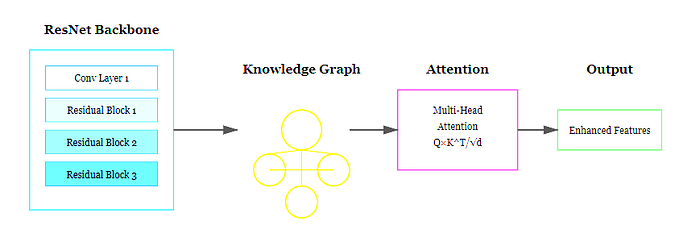SQL Best Practices Every Data Scientist and Analyst Should Know
Author(s): Carlos da Costa
Originally published on Towards AI.
Write efficient, scalable, and easy-to-read queries
This member-only story is on us. Upgrade to access all of Medium.
Writing efficient and readable SQL queries is a fundamental skill for a data scientist or analyst. Following SQL best practices improves query performance, maintainability, and team collaboration.
Well-structured queries not only run faster but also make it easier for others to understand and modify them.
In this guide to SQL best practices, we’ll explore essential tips to help you write better, optimized SQL queries for data retrieval and analysis focusing on the following concepts:
Select Only the Data You Need — Improve Performance and Reduce LoadUse Consistent Naming Conventions — Enhance Readability and MaintainabilityWrite Descriptive Aliases — Make Queries More UnderstandableMaintain Consistent Indentation and Formatting — Improve Code Structure for Team CollaborationUse JOINs Explicity for Clarity — Prevent Ambiguity and Improve Query ReadabilityUse Common Table Expressions (CTEs) for Clarity — Break Down Complex Queries into Manageable PartsAdd Clear and Concise Comments — Improve Collaboration and Future Maintainability
It’s a common mistake among data scientists and analysts to use SELECT * in SQL queries, especially when we’re in a rush or simply too lazy to specify the exact columns we need. You can reduce database load and optimize resource… Read the full blog for free on Medium.
Join thousands of data leaders on the AI newsletter. Join over 80,000 subscribers and keep up to date with the latest developments in AI. From research to projects and ideas. If you are building an AI startup, an AI-related product, or a service, we invite you to consider becoming a sponsor.
Published via Towards AI
Take our 90+ lesson From Beginner to Advanced LLM Developer Certification: From choosing a project to deploying a working product this is the most comprehensive and practical LLM course out there!
Towards AI has published Building LLMs for Production—our 470+ page guide to mastering LLMs with practical projects and expert insights!

Discover Your Dream AI Career at Towards AI Jobs
Towards AI has built a jobs board tailored specifically to Machine Learning and Data Science Jobs and Skills. Our software searches for live AI jobs each hour, labels and categorises them and makes them easily searchable. Explore over 40,000 live jobs today with Towards AI Jobs!
Note: Content contains the views of the contributing authors and not Towards AI.














